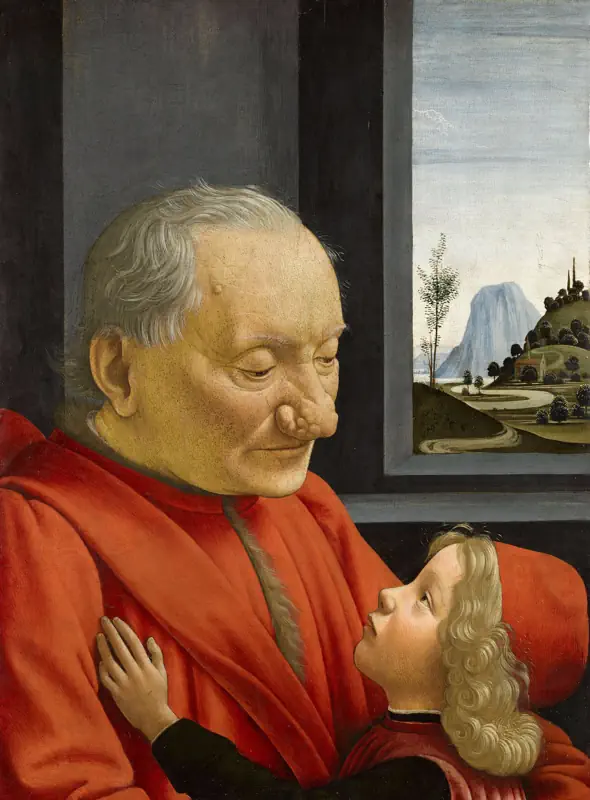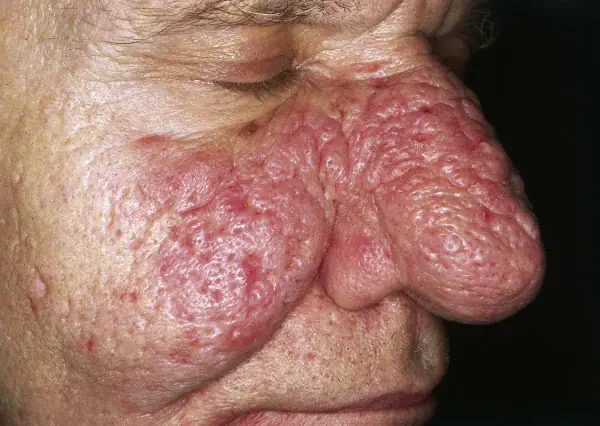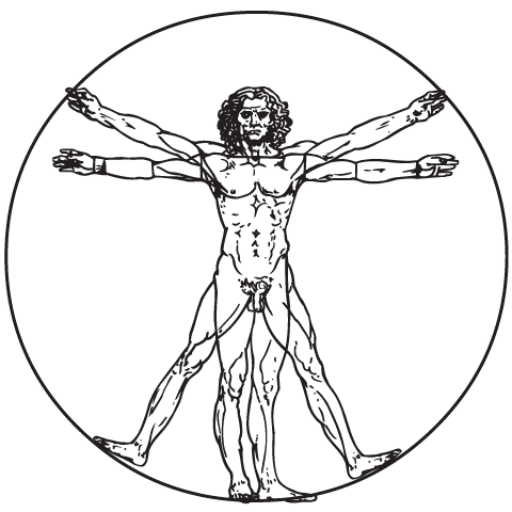What is rhinophyma?
It is a progressive nodular, benign thickening of the nose, which is usually a subtype of the skin disease Rosacea develops (rosacea phymatosa).
Colloquially, the condition is also called bulbous nose, potato nose, drunkard's nose or schnapps nose and is often associated with excessive consumption of alcohol. However, alcohol consumption is not the trigger. It is a hereditary chronic skin disease in which the sebaceous glands thicken and expand irregularly (sebaceous gland hyperplasia). At the same time, the connective tissue increases.
The cheeks, forehead and chin are most commonly affected. The skin of the face is subject to progressive inflammation in rosacea, which can be worsened by intense sun exposure, eating hot spices, alcohol or stress.
If the inflammation affects the nose, it will appear misshapen, distended and very red over time. This mainly affects men in their fourth or fifth decade of life. People with a fair complexion and sensitive skin that quickly turns red are also at risk.
What is the cause of a rhinophyma?
The causes of the disease are not fully understood. Different factors must come together for the skin disease rosacea to develop. Certain genes lead to chronic inflammation and vasodilatation on the surface of the skin. Hormones, UV radiation, emotional stress and a weakened immune system also play a role.
The stages of rhinophyma:
In the second stage, sufferers experience sudden hot flushes, often after meals. The facial skin is now persistently red and shows symptoms similar to those of acne, namely nodules and pustules especially on the nostrils and cheeks. The eyes are also irritated and dry.
At second stage sufferers experience sudden hot flushes, often after meals. The facial skin is now persistently red and shows symptoms similar to those of acne, namely nodules and pustules especially on the nostrils and cheeks. The eyes are also irritated and dry.
At further stage the development of rhinophyma occurs. The nose appears enlarged and is covered with cysts, nodules and bulbous formations. Irregular skin growths (phyma) disfigure the face.
Rhinophyma forms:
Glandular form:
In this case, the sebaceous glands are enlarged and the skin of the nose appears very oily due to the high sebum production. The nose is bulbous and shows irregular growths.
Fibrous shape:
In this form of rhinophyma, the connective tissue is predominantly increased.
Fibrioangiomatous form:
In addition to the increase in connective tissue, there is also a widening of the vessels (angiectasia).
The inflamed nose is dark red in colour and covered with pustules.
It is important to consult an experienced dermatologist at the first signs of rosacea.

Treatment options:
Rhinophyma nose is easily recognised by the specialist due to the typical, tuberous skin changes. If the skin disease rosacea has progressed to this stage, extensive treatment is required. Preventive action should be taken at the first signs so that it does not get that far.
Conservatively, antibiotics or azelaic acid can be used to try to reduce the inflammatory changes of the rhinophyma. However, in order to achieve a regression of the rhinophyma, the drug treatment must be carried out over many months.
For most patients, however, the disease represents a great psychological burden. They want a quick, cosmetically appealing result.
In the team Dr. Sylvia and Dr Christian Orasche you will find competent contact persons with many years of experience for your problem. Various minimally invasive methods are offered to remove the growths on the nose. Thanks to modern treatment methods, good optical results can be achieved. This can significantly improve your quality of life in a short time.
Dermabrasion:
Under local anaesthesia, the top layer of skin is ground off with a kind of cutter. Afterwards, a special ointment is applied to speed up wound healing.
Rhinophyma treatment with the Fraxel laser:
If the blood vessels are already clearly visible, treatment with a special laser (Fraxel Laser 560 Repair), is the treatment of choice. In this procedure, the smallest vessels on the surface of the rosacea nose are made to sclerose. The Team Dr Orasche uses a special cream to anaesthetise the skin areas, which creates a stimulus for renewal and collagen formation through the split particle beams of the laser.
In addition, special medical creams with a high sun protection factor, which soften the veins, are prescribed.
Electrosurgical removal:
In this method, the growths are removed with an electric snare.
The treated areas are then smoothed and contoured.
Cryotherapy:
With the help of liquid nitrogen, the excess tissue of the nose is destroyed.
After the treatment:
The scab will fall off after a few days, but the skin areas will still appear red for a few weeks. The nose will remain swollen for some time. During the healing phase, a high level of UV protection must be consistently observed. The areas of skin that grow back are initially somewhat thinner than the rest of the skin.
Image sources: Wikimedia Commons


